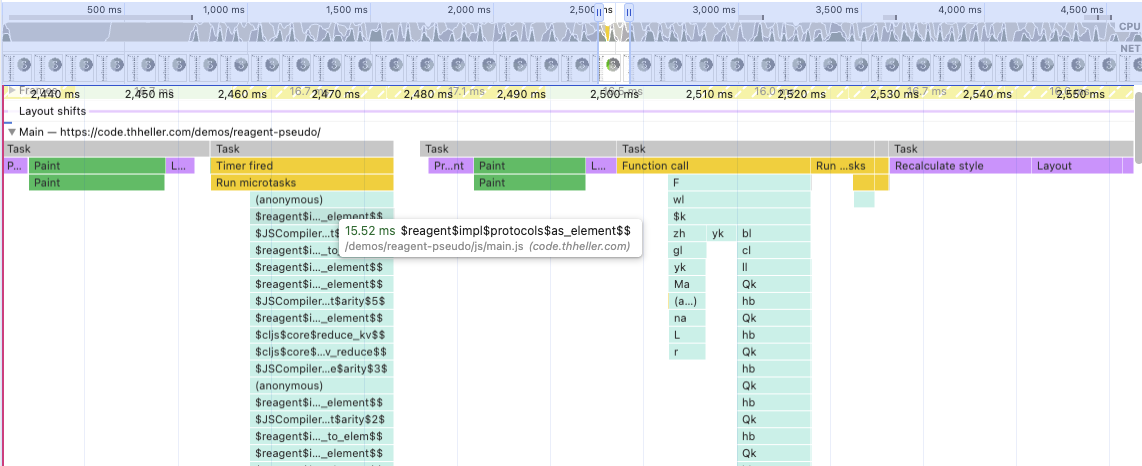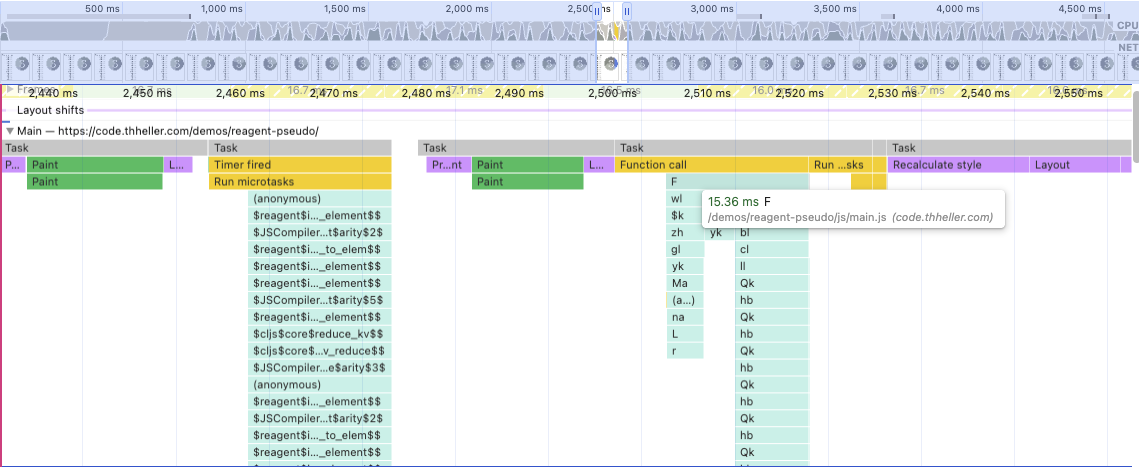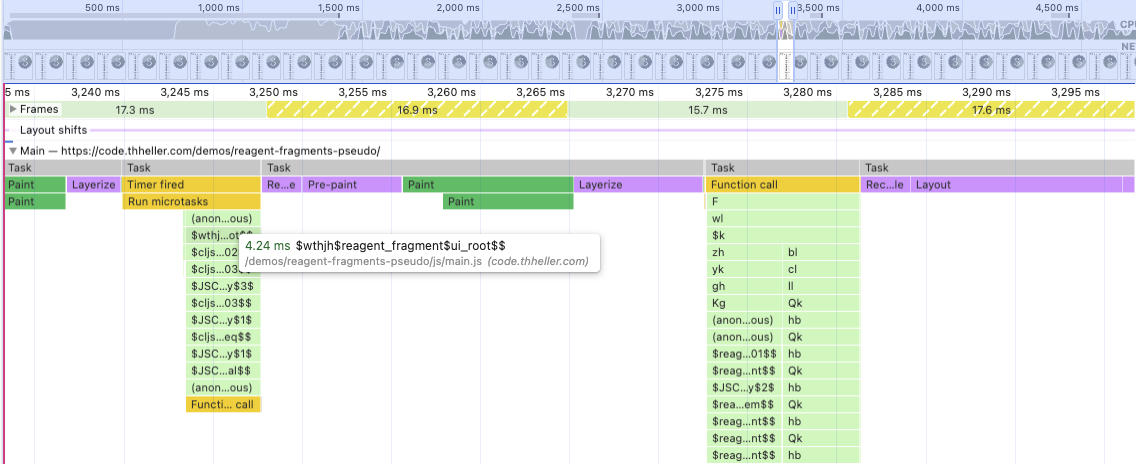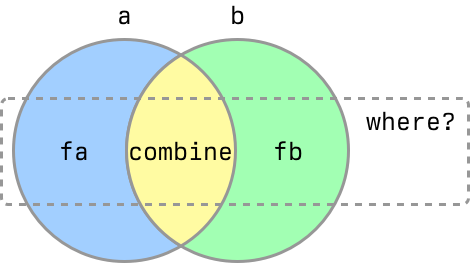OSS updates May and June 2025
In this post I&aposll give updates about open source I worked on during May and June 2025.
To see previous OSS updates, go here.
Sponsors
I&aposd like to thank all the sponsors and contributors that make this work possible. Without you the below projects would not be as mature or wouldn&apost exist or be maintained at all! So a sincere thank you to everyone who contributes to the sustainability of these projects.

Current top tier sponsors:
Open the details section for more info about sponsoring.
If you want to ensure that the projects I work on are sustainably maintained, you can sponsor this work in the following ways. Thank you!
- Github Sponsors
- The Babaska or Clj-kondo OpenCollective
- Ko-fi
- Patreon
- Clojurists Together
Updates
Here are updates about the projects/libraries I&aposve worked on in the last two months, 19 in total!
babashka: native, fast starting Clojure interpreter for scripting.
- Bump edamame (support old-style
#^metadata) - Bump SCI: fix
satisfies?for protocol extended tonil - Bump rewrite-clj to
1.2.50 - 1.12.204 (2025-06-24)
- Compatibility with clerk&aposs main branch
- #1834: make
taoensso/trovework in bb by exposing anothertimbrevar - Bump
timbreto6.7.1 - Protocol method should have
:protocolmeta - Add
print-simple - Make bash install script work on Windows for GHA
- Upgrade Jsoup to
1.21.1 - 1.12.203 (2025-06-18)
- Support
with-redefs+intern(see SCI issue #973 - #1832: support
clojure.lang.Var/intern - Re-allow
initas task name - 1.12.202 (2025-06-15)
- Support
clojure.lang.Var/{get,clone,reset}ThreadBindingFramefor JVM Clojure compatibility - #1741: fix
taoensso.timbre/spyand include test - Add
taoensso.timbre/set-ns-min-level!andtaoensso.timbre/set-ns-min-level - 1.12.201 (2025-06-12)
- #1825: Add Nextjournal Markdown as built-in Markdown library
- Promesa compatibility (pending PR here)
- Upgrade clojure to
1.12.1 - #1818: wrong argument order in
clojure.java.io/resourceimplementation - Add
java.text.BreakIterator - Add classes for compatibility with promesa:
java.lang.Thread$Builder$OfPlatformjava.util.concurrent.ForkJoinPooljava.util.concurrent.ForkJoinPool$ForkJoinWorkerThreadFactoryjava.util.concurrent.ForkJoinWorkerThreadjava.util.concurrent.SynchronousQueue
- Add
taoensso.timbre/set-min-level! - Add
taoensso.timbre/set-config! - Bump
fsto0.5.26 - Bump
jsoupto1.20.1 - Bump
edamameto1.4.30 - Bump
taoensso.timbreto6.7.0 - Bump
pods: more graceful error handling when pod quits unexpectedly - #1815: Make install-script wget-compatible (@eval)
- #1822:
typeshould prioritize:typemetadata ns-nameshould work on symbols:clojure.core/eval-fileshould affect*file*during eval- #1179: run
:initin tasks only once - #1823: run
:initin tasks before task specific requires - Fix
resolvewhen*ns*is bound to symbol - Bump
deps.cljto1.12.1.1550 - Bump
http-clientto0.4.23
- Bump edamame (support old-style
SCI: Configurable Clojure/Script interpreter suitable for scripting
- 0.10.47 (2025-06-27)
- Security issue: function recursion can be forced by returning internal keyword as return value
- Fix #975: Protocol method should have :protocol var on metadata
- Fix #971: fix
satisfies?for protocol that is extended tonil - Fix #977: Can&apost analyze sci.impl.analyzer with splint
- 0.10.46 (2025-06-18)
- Fix #957:
sci.async/eval-string+should return promise with:val nilfor ns form rather than:val <Promise> - Fix #959: Java interop improvement: instance method invocation now leverages type hints
- Bump edamame to
1.4.30 - Give metadata
:typekey priority intypeimplementation - Fix #967:
ns-nameshould work on symbols - Fix #969:
^:clojure.core/eval-filemetadata should affect binding of*file*during evaluation - Sync
sci.impl.Reflectorwith changes inclojure.lang.Reflectorin clojure 1.12.1 - Fix
:static-methodsoption for class with different name in host - Fix #973: support
with-redefson core vars, e.g.intern. The fix for this issue entailed quite a big refactor of internals which removes "magic" injection of ctx in core vars that need it. - Add
unchecked-setandunchecked-getfor CLJS compatibility
clerk: Moldable Live Programming for Clojure
- Make clerk compatible with babashka
quickblog: light-weight static blog engine for Clojure and babashka
- 0.4.7 (2025-06-12)
- Switch to Nextjournal Markdown for markdown rendering The minimum babashka version to be used with quickblog is now v1.12.201 since it comes with Nextjournal Markdown built-in.
- Link to previous and next posts; see "Linking to previous and next posts" in the README (@jmglov)
- Fix flaky caching tests (@jmglov)
- Fix argument passing in test runner (@jmglov)
- Add
--dateto api/new. (@jmglov) - Support Selmer template for new posts in api/new; see Templates > New posts in README. (@jmglov)
- Add &aposlanguage-xxx&apos to pre/code blocks
- Fix README.md with working version in quickstart example
- Fix #104: fix caching with respect to previews
- Fix #104: document
:previewoption
edamame: configurable EDN and Clojure parser with location metadata and more
- 1.4.31 (2025-06-25)
- Fix #124: add
:importstoparse-ns-form - Fix #125: Support
#^:foodeprecated metadata reader macro (@NoahTheDuke) - Fix #127: expose
continuevalue that indicates continue-ing parsing (@NoahTheDuke) - Fix #122: let
:auto-resolve-nsaffect syntax-quote - 1.4.30
- #120: fix
:auto-resolve-nsfailing case
squint: CLJS syntax to JS compiler
- #678: Implement
random-uuid(@rafaeldelboni) - v0.8.149 (2025-06-19)
- #671: Implement
trampoline(@rafaeldelboni) - Fix #673: remove experimental atom as promise option since it causes unexpected behavior
- Fix #672: alias may contain dots
- v0.8.148 (2025-05-25)
- Fix #669: munge refer-ed + renamed var
- v0.8.147 (2025-05-09)
- Fix #661: support
throwin expression position - Fix #662: Fix extending protocol from other namespace to
nil - Better solution for multiple expressions in return context in combination with pragmas
- Add an ajv example
- #678: Implement
clj-kondo: static analyzer and linter for Clojure code that sparks joy.
- #2560: NEW linter:
:locking-suspicious-lock: report when locking is used on a single arg, interned value or local object - #2555: false positive with
clojure.string/replaceandpartialas replacement fn - 2025.06.05
- #2541: NEW linter:
:discouraged-java-method. See docs - #2522: support
:config-in-nson:missing-protocol-method - #2524: support
:redundant-ignoreon:missing-protocol-method - #2536: false positive with
formatand whitespace flag after percent - #2535: false positive
:missing-protocol-methodwhen using alias in method - #2534: make
:redundant-ignoreaware of.cljc - #2527: add test for using ns-group + config-in-ns for
:missing-protocol-methodlinter - #2218: use
ReentrantLockto coordinate writes to cache directory within same process - #2533: report inline def under fn and defmethod
- #2521: support
:langsoption in:discouraged-varto narrow to specific language - #2529: add
:nsto&envin:macroexpand-hookmacros when executing in CLJS - #2547: make redundant-fn-wrapper report only for all cljc branches
- #2531: add
:namedata to:unresolved-namespacefinding for clojure-lsp
- #2560: NEW linter:
sci.configs: A collection of ready to be used SCI configs.
- A configuration for replicant was added
scittle: Execute Clojure(Script) directly from browser script tags via SCI
nbb: Scripting in Clojure on Node.js using SCI
- 1.3.204 (2025-05-15)
- #389: fix regression caused by #387
- 1.3.203 (2025-05-13)
- #387: bump
import-meta-resolveto fix deprecation warnings on Node 22+ - 1.3.202 (2025-05-12)
- Fix nbb nrepl server for Deno
- 1.3.201 (2025-05-08)
- Deno improvements for loading
jsr:andnpm:deps, including react in combination with reagent - #382: prefix all node imports with
node:
quickdoc: Quick and minimal API doc generation for Clojure
- v0.2.5 (2025-05-01)
- Fix #32: fix anchor links to take into account var names that differ only by case
- v0.2.4 (2025-05-01)
- Revert source link in var title and move back to
<sub> - Specify clojure 1.11 as the minimal Clojure version in
deps.edn - Fix macro information
- Fix #39: fix link when var is named multiple times in docstring
- Upgrade clj-kondo to
2025.04.07 - Add explicit
org.babashka/clidependency
- 0.7.186
- Make library more GraalVM
native-imagefriendly - 0.7.184
- Consolidate utils in
nextjournal.markdown.utils - 0.7.181
- Hiccup JVM compatibility for fragments (see #34)
- Support HTML blocks (
:html-block) and inline HTML (:html-inline) (see #7) - Bump commonmark to 0.24.0
- Bump markdown-it to 14.1.0
- Render
:codeaccording to spec into<pre>and<code>block with language class (see #39) - No longer depend on
applied-science/js-interop - Accept parsed result in
->hiccupfunction - Expose
nextjournal.markdown.transformthrough mainnextjournal.markdownnamespace - Stabilize API and no longer mark library alpha
- Add
:responseskey with raw responses
- Add
- Add spec for
even?
- Add spec for
http-client: babashka&aposs http-client
- 0.4.23 (2025-06-06)
- #75: override existing content type header in multipart request
- Accept
:request-methodin addition to:requestto align more with other clients - Accept
:urlin addition to:urito align more with other clients
unused-deps: Find unused deps in a clojure project
- This is a brand new project!
fs - File system utility library for Clojure
cherry: Experimental ClojureScript to ES6 module compiler
- Fix
cherry.embedwhich is used by malli
- Fix
deps.clj: A faithful port of the clojure CLI bash script to Clojure
- Released several versions catching up with the clojure CLI
Other projects
These are (some of the) other projects I&aposm involved with but little to no activity happened in the past month.
- [tools](https://github.com/borkdude/tools): a set of [bbin](https://github.com/babashka/bbin/) installable scripts - [sci.nrepl](https://github.com/babashka/sci.nrepl): nREPL server for SCI projects that run in the browser - [babashka.json](https://github.com/babashka/json): babashka JSON library/adapter - [squint-macros](https://github.com/squint-cljs/squint-macros): a couple of macros that stand-in for [applied-science/js-interop](https://github.com/applied-science/js-interop) and [promesa](https://github.com/funcool/promesa) to make CLJS projects compatible with squint and/or cherry. - [grasp](https://github.com/borkdude/grasp): Grep Clojure code using clojure.spec regexes - [lein-clj-kondo](https://github.com/clj-kondo/lein-clj-kondo): a leiningen plugin for clj-kondo - [http-kit](https://github.com/http-kit/http-kit): Simple, high-performance event-driven HTTP client+server for Clojure. - [babashka.nrepl](https://github.com/babashka/babashka.nrepl): The nREPL server from babashka as a library, so it can be used from other SCI-based CLIs - [jet](https://github.com/borkdude/jet): CLI to transform between JSON, EDN, YAML and Transit using Clojure - [pod-babashka-fswatcher](https://github.com/babashka/pod-babashka-fswatcher): babashka filewatcher pod - [lein2deps](https://github.com/borkdude/lein2deps): leiningen to deps.edn converter - [cljs-showcase](https://github.com/borkdude/cljs-showcase): Showcase CLJS libs using SCI - [babashka.book](https://github.com/babashka/book): Babashka manual - [pod-babashka-buddy](https://github.com/babashka/pod-babashka-buddy): A pod around buddy core (Cryptographic Api for Clojure). - [gh-release-artifact](https://github.com/borkdude/gh-release-artifact): Upload artifacts to Github releases idempotently - [carve](https://github.com/borkdude/carve) - Remove unused Clojure vars - [4ever-clojure](https://github.com/oxalorg/4ever-clojure) - Pure CLJS version of 4clojure, meant to run forever! - [pod-babashka-lanterna](https://github.com/babashka/pod-babashka-lanterna): Interact with clojure-lanterna from babashka - [joyride](https://github.com/BetterThanTomorrow/joyride): VSCode CLJS scripting and REPL (via [SCI](https://github.com/babashka/sci)) - [clj2el](https://borkdude.github.io/clj2el/): transpile Clojure to elisp - [deflet](https://github.com/borkdude/deflet): make let-expressions REPL-friendly! - [deps.add-lib](https://github.com/borkdude/deps.add-lib): Clojure 1.12's add-lib feature for leiningen and/or other environments without a specific version of the clojure CLI







